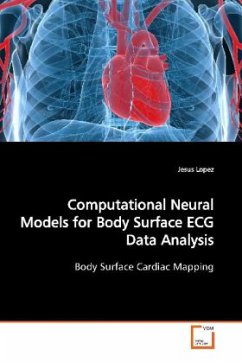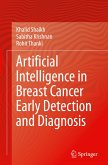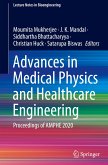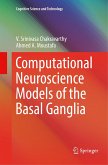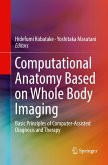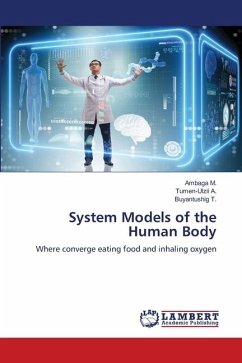Cardiovascular heart disease (CHD) is a chief public
health priority
worldwide. The 12-Lead Electrocardiogram (ECG) is a
standard
procedure in diagnosing CHDs such as Myocardial
Infarction (MI).
Nevertheless, due to sparse spatial sampling, it is
limited in
identifying cardiac abnormalities. Alternatively, in
Body Surface
Cardiac Mapping (BSCM) a higher number of ECGs are
recorded.
Hence, BSCM provides a more comprehensive picture of
electrocardiographic information than is possible
with the 12-lead
ECG. This work has two main objectives. Firstly, to
develop a
classification framework for an accurate and early
diagnosis of
acute MI. This decision support system encompasses
computational
neural models with the input space based on BSCM.
Secondly, since
MI is localised on the torso surface, and due to the
high number of
electrocardiographic leads involved in BSCM, it is
desirable to find
an optimal reduced lead set for acute MI detection.
By building an
additional layer of knowledge between the
cardiologist and clinical
practice, this work not only enhances final MI
classification
performance but, allow the discovery of new
electrocardiographic
MI markers.
health priority
worldwide. The 12-Lead Electrocardiogram (ECG) is a
standard
procedure in diagnosing CHDs such as Myocardial
Infarction (MI).
Nevertheless, due to sparse spatial sampling, it is
limited in
identifying cardiac abnormalities. Alternatively, in
Body Surface
Cardiac Mapping (BSCM) a higher number of ECGs are
recorded.
Hence, BSCM provides a more comprehensive picture of
electrocardiographic information than is possible
with the 12-lead
ECG. This work has two main objectives. Firstly, to
develop a
classification framework for an accurate and early
diagnosis of
acute MI. This decision support system encompasses
computational
neural models with the input space based on BSCM.
Secondly, since
MI is localised on the torso surface, and due to the
high number of
electrocardiographic leads involved in BSCM, it is
desirable to find
an optimal reduced lead set for acute MI detection.
By building an
additional layer of knowledge between the
cardiologist and clinical
practice, this work not only enhances final MI
classification
performance but, allow the discovery of new
electrocardiographic
MI markers.

